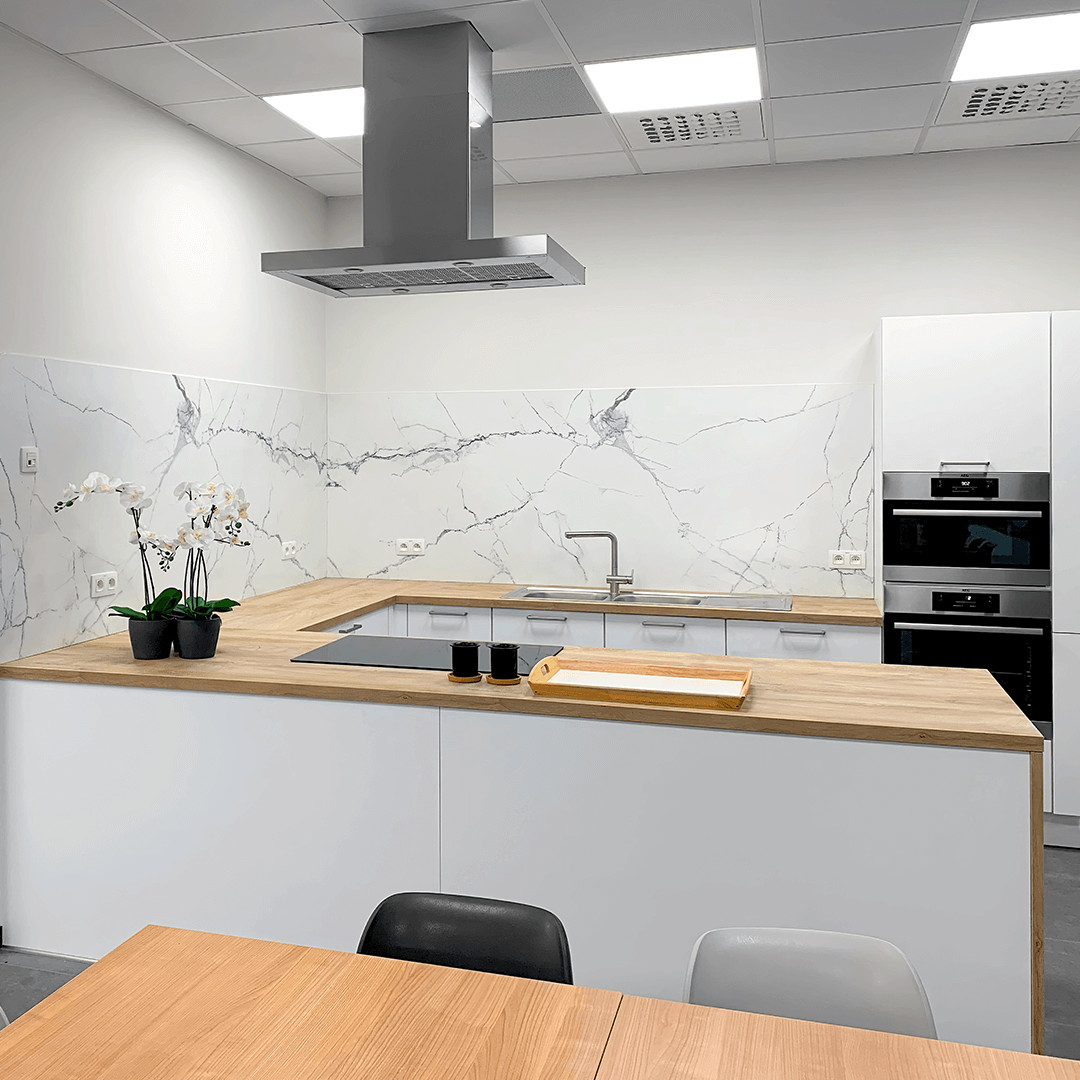
Straightforward, whiteboards are incredibly versatile tools. And the main attraction of the tool is right in the name. A whiteboard surface continuously offers a fresh white slate, ready for new ideas, drawings, lists, and schedules.
But what happens when a whiteboard no longer stays white?
Mostly, when walking into classrooms, offices, or homes, you’ll see whiteboards that look slightly worn, with remnants of the last lesson or meeting erased but still reflecting on the board.
The process for how to maintain a whiteboard’s peak performance is a simple, inexpensive, and quick practice. Still, many owners aren’t aware that erasing content isn’t enough to keep a whiteboard clean.
Follow the six whiteboard tips and tricks below to keep your board looking brand new or transform one that has seen better days back to its original shine.
When the customer is asked if they’ve ever cleaned their board, they’re often surprised that it must be done to maintain performance. Cleaning the board with a recommended solution always solves the issue of erasability with CeramicSteel.”
Note: keep your erasing tools clean or replace them when needed


To remove ghosting, wipe the board with a cloth dipped in a mix of isopropyl alcohol and water — the most effective whiteboard cleaner.
Note: Avoid wax-based cleaners as they leave a pesky film on the whiteboard.
